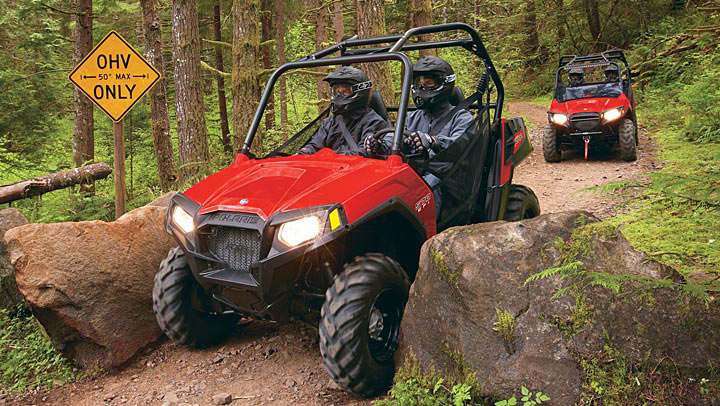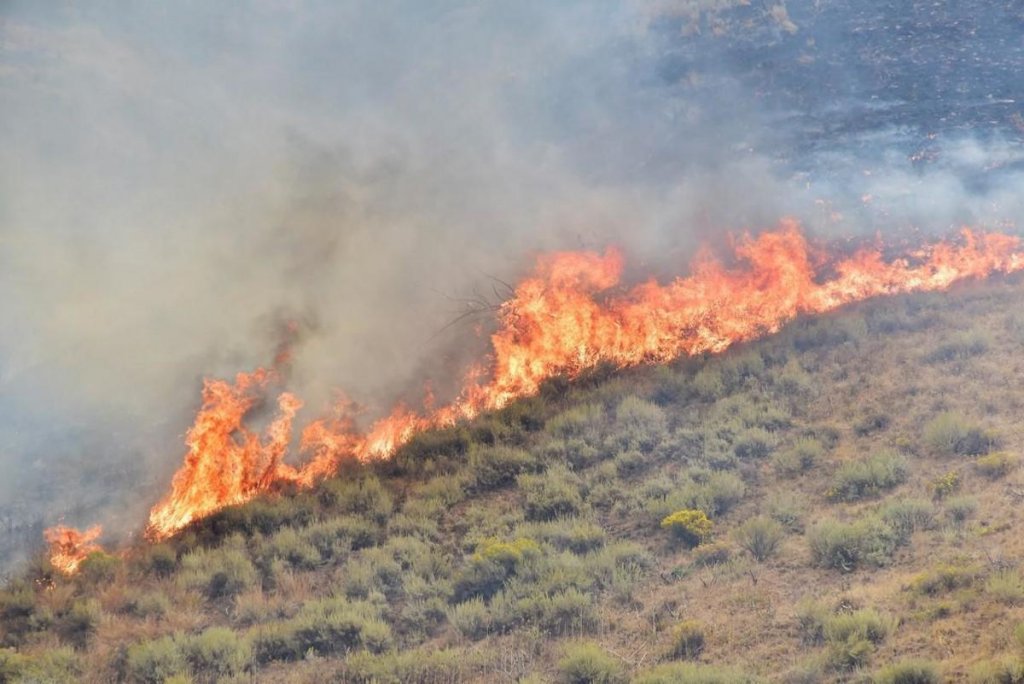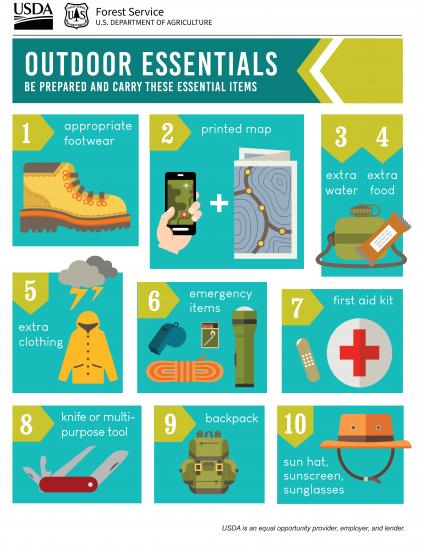Plan your outdoor trip
in advance to avoid conflicts
By Steve Stuebner
Idaho Rangeland Conservation Partnership
By all accounts, the number of people playing outdoors in Idaho has been growing rapidly in recent years as record numbers of people move here or vacation here.
Visits to Idaho’s Public Lands are increasing, and that’s led to an increase in litter, trigger trash, trespassing, resource damage and human-caused wildfires.
Visits to Idaho’s Public Lands are increasing, and that’s led to an increase in litter, trigger trash, trespassing, resource damage and human-caused wildfires.
“We’ve seen a big influx of motorized users everywhere,” says Kent Oliver, president of the Magic Valley ATV Riders. “And it seems like the big side by sides are the biggest influx we’ve seen.”
The Indian Springs recreation area, located in the foothills of Twin Falls and Kimberly, is managed by the Bureau of Land Management for multiple use.
“It’s open to everything,” says Ken Crane, BLM Burley Field Manager. “UTVs and ATVs jump off here and ride into the forest. We’ve got 40 miles of singletrack trail here open to motorbikes, mtn bikes, equestrian is growing here, and hiking, and people going outside.”
There’s also a public shooting area at Indian Springs, livestock grazing, and it’s critical mule deer winter range and priority sage grouse habitat.

In a place with so many different uses going on in the same place, it’s imperative for all users to show respect for others, while also taking care to avoid conflicts with other groups or cause damage to the land, officials said.
“Doesn’t matter if you’re an ATV rider, a bicycle rider, or a cattleman with livestock, you’re all different users of this ground. You just need to get along,” Brown says. “Know the rules. Know the etiquette. Know what you’re supposed to do and it’s easier to get along with people.”
A big part of getting along taking the time to plan your trip in advance, research where you can go on approved trails, plan a route that follows public roads to your destination, officials said.
“So that’s one of the biggest conflicts we’re having,” Crane says. “Especially with the new influx of people coming in. They really don’t understand. They just see all of this open range, and it all looks the same, a fence is a fence, a gate’s a gate, and it’s like it’s all ready to go.

“So you need to understand where you’re at,” he says, referring to knowing whose land you’re on, and that you’re following public roads and trails to your destination.
It’s crucial to stay on designated public roads and trails, Oliver says.
“The rule is if it’s a designated road, you stay on the road. You do not make user-made roads. You do not cut across and make your own road,” he says. “We have to be stewards of the land regardless of what kind of user you are.”
Concerns about recreation/access issues have become top of mind for the Idaho Rangeland Conservation Partnership, a diverse group of people who care about the land and encourage responsible use by all user groups.
The Idaho Rangeland Conservation Partnership formed in 2018 to bring recreation and conservation groups together with ranchers and state and federal agency officials to share ideas in a safe, non-judgmental setting about land stewardship, wildlife and multiple use management.

Common concerns such as preventing human-caused fires, packing out garbage, preventing private land trespass, showing respect for all user groups and preserving native sage-steppe habitat for wildlife and livestock grazing are all crucial issues that IRCP participants care about, officials said.
IRCP has held multiple panel discussions on recreation-access issues to air concerns and search for solutions.
Landowner Tom Page has been engaged in IRCP recreation-access discussions, along with Ken Crane, Kent Oliver and Lt. Brown.
“With a greater diversity of users, you can resolve issues around multiple use, recreation access, good behavior on public lands, reduce wildfire risk, weed spread, then again you get a chance to meet people from other walks of life, and that helps engender more civil discussions,” Page says.
In this story and video, experts share a number of tips and trip-planning resources to promote good stewardship of Idaho’s rangelands.
To see the full story, go to Life on the Range or the Idaho Rangeland Conservation Partnership web site.

